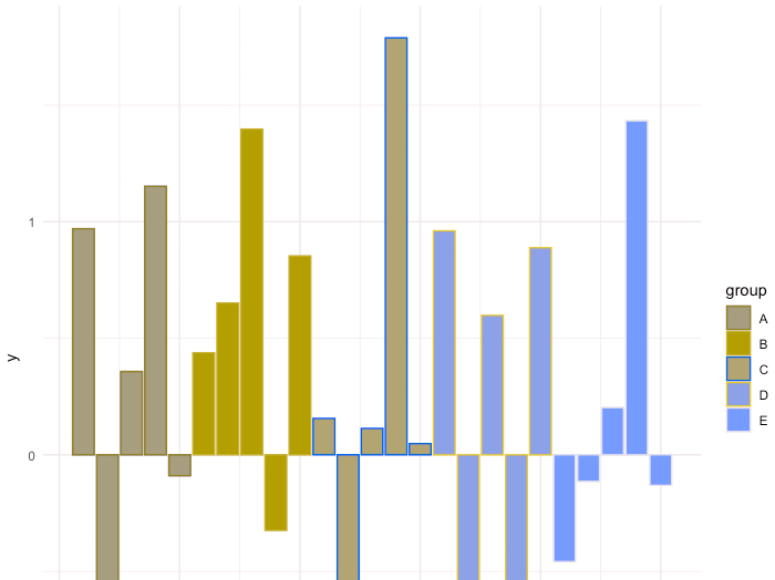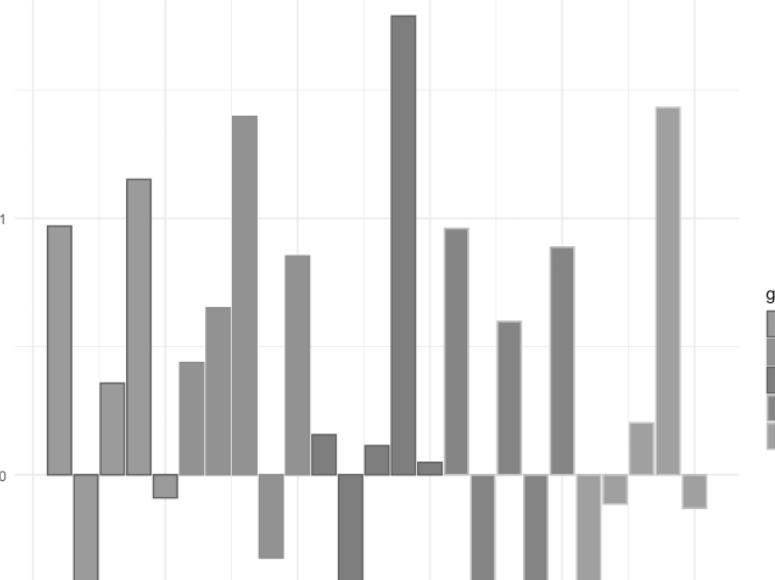Ebru Ersan announces a new preview feature:
It is not easy to understand what’s going on when you run into an I/O related performance problem on an Azure Virtual Machine. It is a common, but complex problem. What you need is to figure out what’s happening at both the host level and your SQL Server instance where often, correlating host metrics with SQL Server workloads can be a challenge.
We developed a new experience that helps you do exactly that.
Click through to see how it works. Given that awful disk latency is a common problem in the cloud, this may at least tell you if you have things set up correctly.
Comments closed
